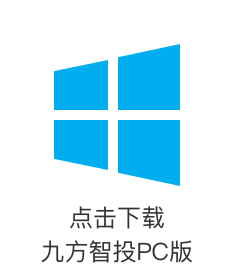What's new
On January 12, 2022, the State Council issued a circular to promote the development of digital economy during the 14th Five-Year Plan (FYP) period (“the circular”). The circular proposes that the added value of core industries in the digital economy should account for 10% of GDP in 2025. In addition, the circular calls for enhancing the innovation of key technologies and increasing the supply of core electronic components, basic software and hardware.
Comments
Accelerating industrial digitalization; increasing supply of core electronic components. The circular encourages companies in sensor, quantum information, and integrated circuit industries to accelerate the commercialization of scientific and research findings through cross-sector innovation and ensure self-sufficiency of key products. Meanwhile, it also calls for improving the competitiveness of the value chains of electronic component and basic software and hardware industries during the 14th FYP period.
Leading automotive sensor supplier to benefit from accelerating industrial digitalization with improving competitive advantages and expanding product portfolio. We expect Olive Sensors to be the first to benefit from the policy tailwind as a leading supplier of automotive sensors. Olive Sensors, one of the largest domestic manufacturers of fuel level sensors (FLS), had a market share of more than 30% in the domestic FLS market in 2020. Its main customers include renowned auto makers BYD, Li Auto, NIO, and top tier component manufacturers SVOLT and Schaeffler. Through equity investment in Long Way Technology, Olive Sensors has acquired the abilities to design micro-electro-mechanical systems (MEMS) sensor chips, conduct packaging and tests, and develop 70-300MPa sensors independently. In addition, it has significantly improved its precision of measurement. We expect the company to continue to enrich its product portfolio so as to enhance its competitiveness in the industrial value chain and boost its earnings.
Import substitution to improve self-sufficiency of resolvers. Resolvers are a core electronic component of alternative-fuel vehicles, construction machinery, industrial robots, and aerospace products. We expect the size of the resolver market to reach Rmb3bn in 2025, as sales volume of electric vehicles and penetration rate of the dual-motor model increase. Changzhou Huaxuan, the resolver division of Olive Sensors, has entered the supply chains of SAIC, Dongfeng, Nidec, and ZF on the back of its independent resolver design and testing capabilities. In the short term, we expect Olive Sensors to expand its market presence based on synergies with its subsidiary. In the long term, we expect the company to cut costs and improve product quality based on its technological strengths and high-quality production lines, breaking the monopoly of overseas peers through import substitution and improving self-efficiency of raw materials.
Valuation and recommendation
We keep our 2021 and 2022 earnings forecasts unchanged, and introduce our 2023 earnings forecast of Rmb288mn. The stock is trading at 29.8x 2022e and 20.8x 2023e P/E. We maintain OUTPERFORM and our target price of Rmb16.91, implying 41.5x 2022e and 29x 2023e P/E with 40% upside.
Risks
Disappointing M&A integration and development of new businesses; sharp increase in prices of raw materials.












